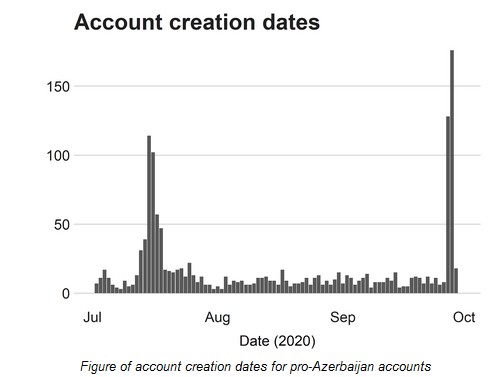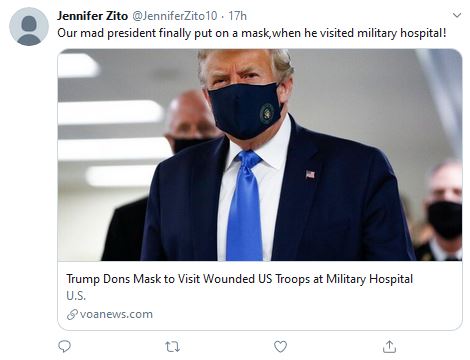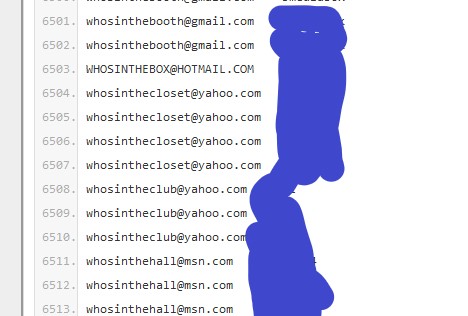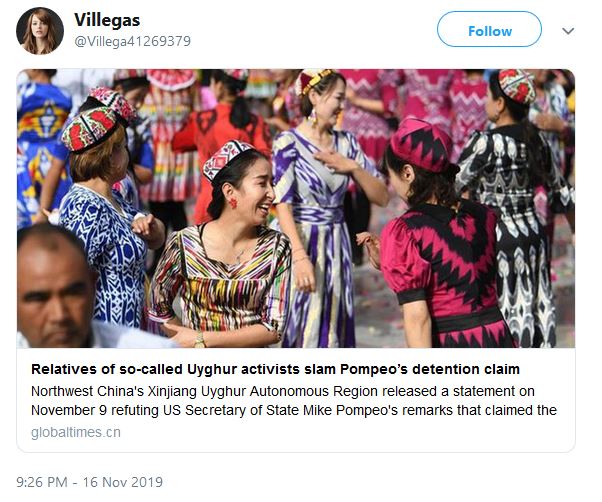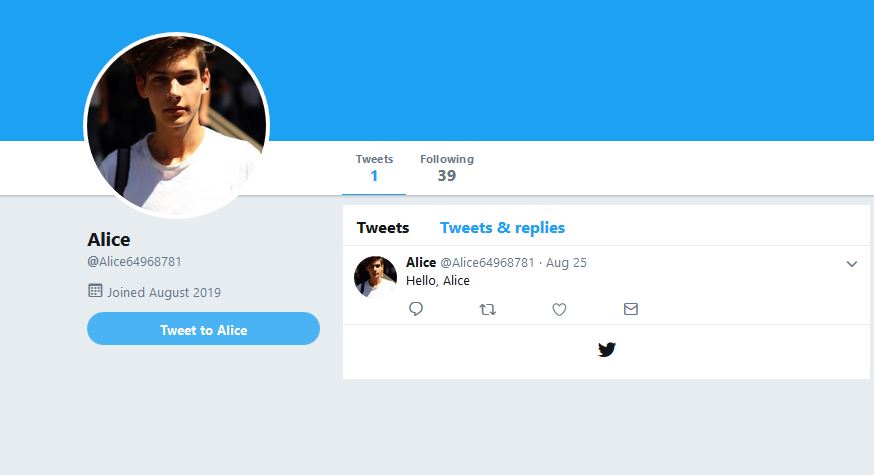
I wrote for @GNET_research and @CSCRCoz about how we really don't understand digital-first conspiracy extremism yet. It's different from pre-digital conspiracies, and also different from digitISED extremism which begin offline and move online as a recruiting and comms strategy.
https://twitter.com/GNET_research/status/1313073790558052352
Much more research, and also simply more time, is needed to understand the dynamics of extremist conspiracy movements. In the meantime, however, we can prioritise what we do know:
Based on evidence so far, conspiracy extremists are likely to be lone actors, who have either self-radicalised or been a part of a social media community which has radicalised over time (although this could change in the future).
Not all conspiracies, and not all conspiracy sub-communities, are the same risk for violence. Inherently political conspiracies like QAnon hold a higher risk than crop circle conspiracies, for example. This recognition should help prioritise resources.
The extremist element of conspiracies is only one part of a much bigger picture of harms to mental health, social cohesion and public safety. Like with other forms of extremism, a holistic approach which addresses social causes is needed.
• • •
Missing some Tweet in this thread? You can try to
force a refresh

